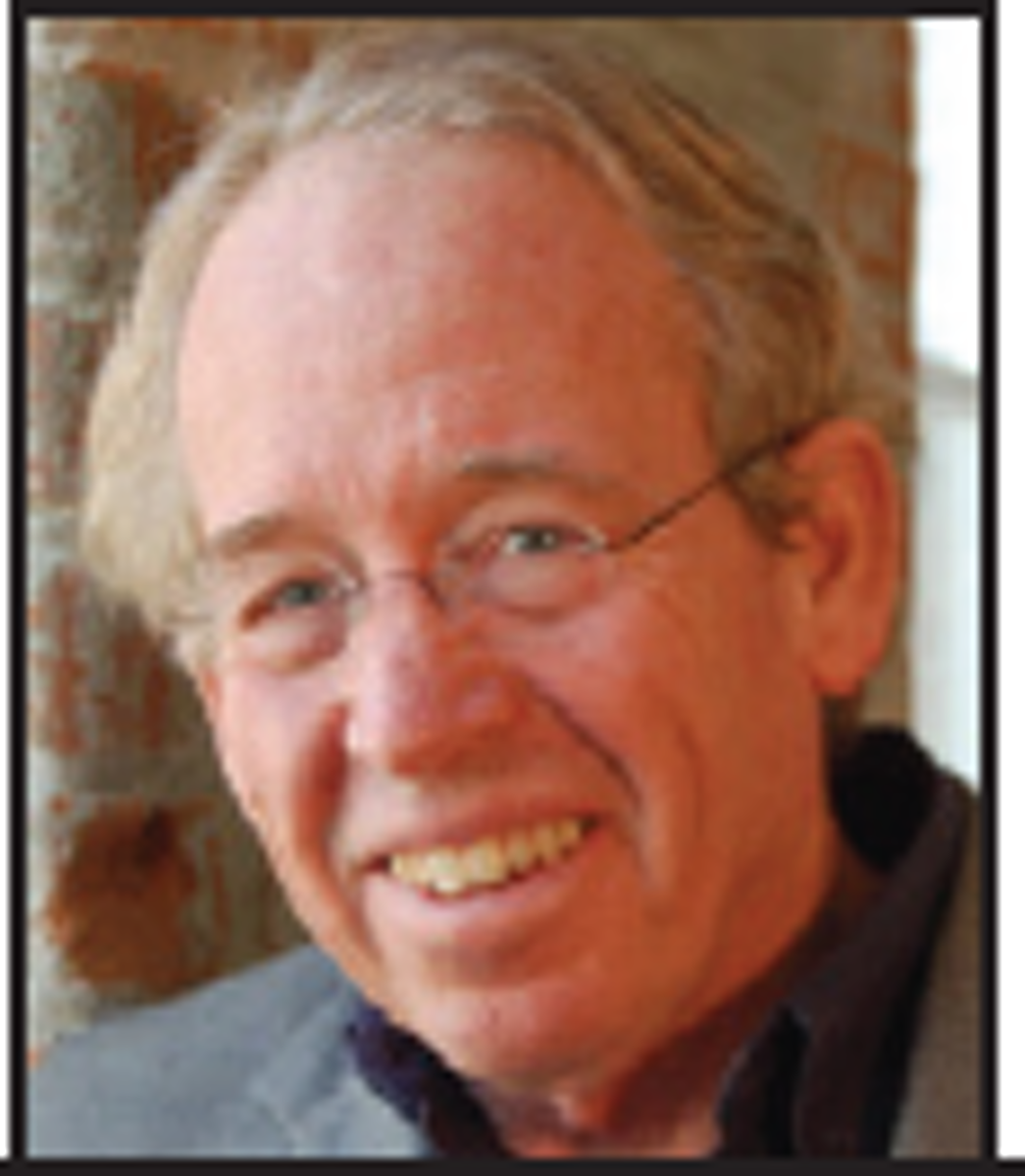By SCOTT GRABER
 It is Friday, and this morning I’m in the “Morning Room” at the Historic Davenport House in downtown Savannah. As we stand in this spacious, well-proportioned room, our masked guide tells us Isaiah Davenport was from New England.
It is Friday, and this morning I’m in the “Morning Room” at the Historic Davenport House in downtown Savannah. As we stand in this spacious, well-proportioned room, our masked guide tells us Isaiah Davenport was from New England.
“He immigrated from New England and married a woman from Beaufort,” she said. Then he built a red brick, Federal-styled house to promote his house-building trade.
Davenport arrived about the same time 700 people (in Savannah) died from yellow fever. Some of these were tended-to by Mary Lavender, Georgia’s first female doctor, who had no clue that the disease came by way of the Aedes Aegypti mosquito that arrived years earlier from West Africa.
Lavender only knew that it turned your skin yellow and your vomit black. In fact, yellow fever would eventually kill Isaiah Davenport himself when he was 42.
In his short lifetime, Davenport managed to father eight children and acquire another eight “enslaved Africans” from Hilton Head Island. Our guidebook says that Africans were bought when times were good, mortgaged when things were dicey, sold when times were bad.
The Davenport children proved to have an independent streak — two sons fighting for the Union and three fighting for the Confederacy. One imagines spirited discussions around the dinner table forcing Sarah Davenport to scream, “For God’s sake, can’t you kids talk about the Braves?”
The Davenport House fell on hard times in the 1950s and was threatened with demolition. In fact demolition, then the sale of bricks, then the building of a parking garage came to be a formula repeatedly used by Savannah entrepreneurs. But this formula bothered seven Savannah matrons.
Seven women got together and fought for the Davenport House. Then they turned their considerable energy to other houses and rallied the public against the relentless advance of downtown parking. This led to the formation of the Historic Savannah Foundation and the creation of the Historic District in Savannah.
A little later, a similar fight would occur in Beaufort. That effort centered on an effort to demolish the Anchorage. This leaking, creaking, “architectural dinosaur” would be replaced by a modern, energy efficient law office. But like in Savannah, a group of Beaufort women led by Helen Harvey would fight and eventually save the Anchorage.
Downtown Savannah has flourished with the stabilization of its Historic District. Every day, thousands surge down its tree-canopied streets, admiring its well-tended squares and only worried about getting an 8 p.m. dinner reservation at Husk. Tourists from Rochester walk (or ride) past million dollar renovations saying, “Why the hell didn’t we do this at home?”
But, of course, there’s trouble right here in River City.
That trouble is the reality that 14 million tourists need a place to sleep. To that end a dozen new hotels have been built and 15 are in the works. The iconic clash between hotels and history began with the building of the Hyatt in the 1980s.
The Hyatt presents a cube that makes no concession to the historic City Hall next door; and it is noticeably larger than the older buildings around it. I will admit that it does have a jaw-dropping atrium lobby and an incomparable view of the China-bound ships that pass within 100 yards.
“There’s tremendous pressure on the city from developers of hotels,” Savannah College of Art and Design (SCAD) Chairman of Architectural History Robin Williams said. “City Council gets developers who bristle at these limitations.”
Another problem is the fact that the District is also home to many state and federal office buildings. Apparently, the feds are not burdened with District guidelines; and the County is building its Judicial Center where its old jail was located. Both projects have also provoked criticism and confrontation.
Now a third government agency, the National Park Service, has placed the National Historic District on its “Threatened List” saying “it is in imminent danger of a severe loss of integrity.”
“The loss of National Historic Landmark status would be analogous to a major league sports team being demoted to the minor leagues,” Williams said.
Nobody wants Savannah to drift down into the minor leagues.
Everyone associated with this geography wants the visitors and their sales and accommodation taxes; as well as the green- and purple-haired SCAD students who give contrast to the older, large-bellied tourists; as well as the young soldiers on leave from Ft. Stewart.
All of these folks are “stakeholders” in the preservation of the Davenport House and of this little bit of Federal architecture.
Scott Graber is a lawyer, novelist, veteran columnist and longtime resident of Port Royal. He can be reached at cscottgraber@gmail.com.





